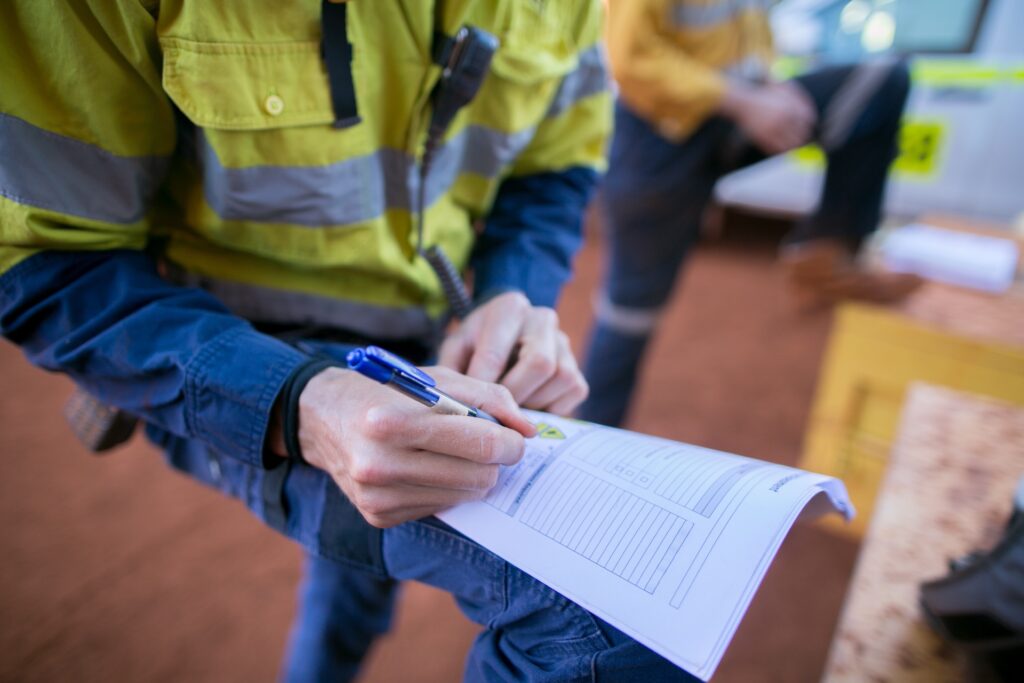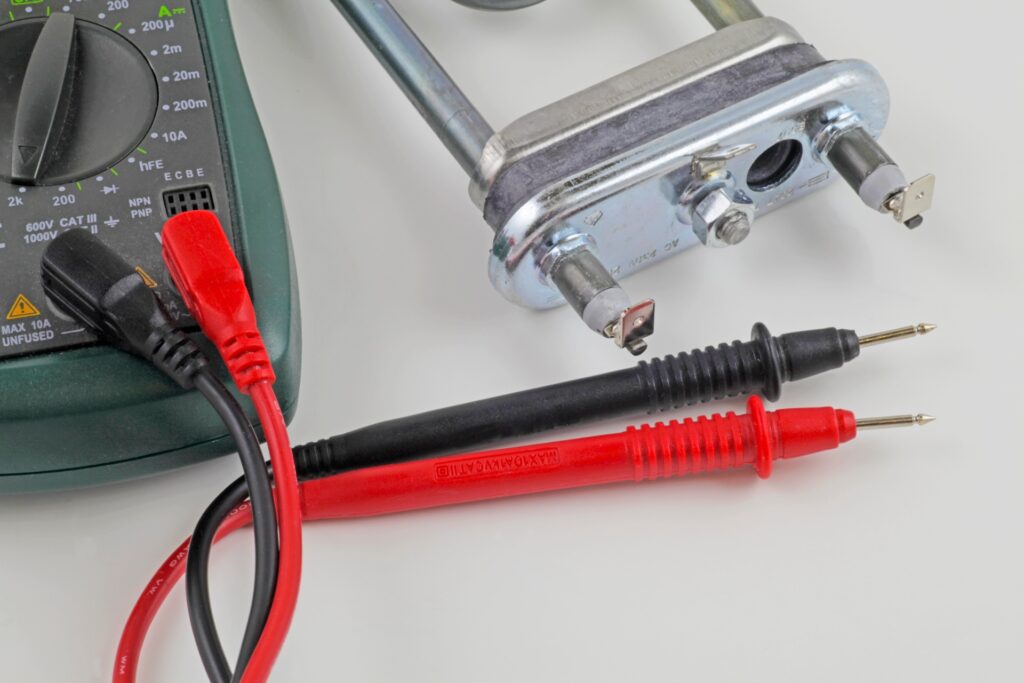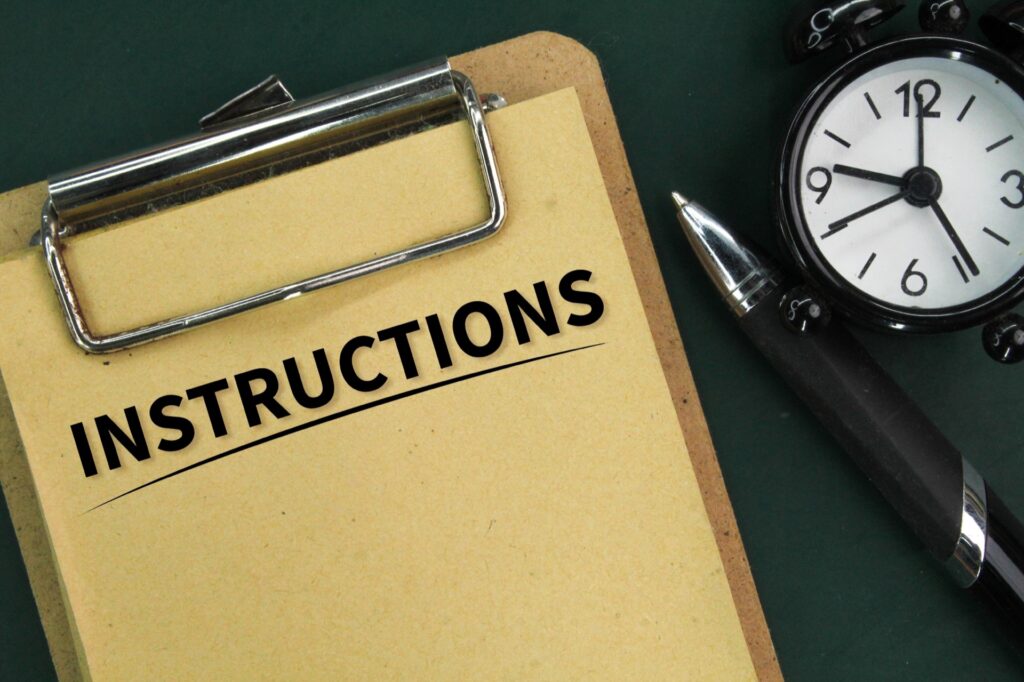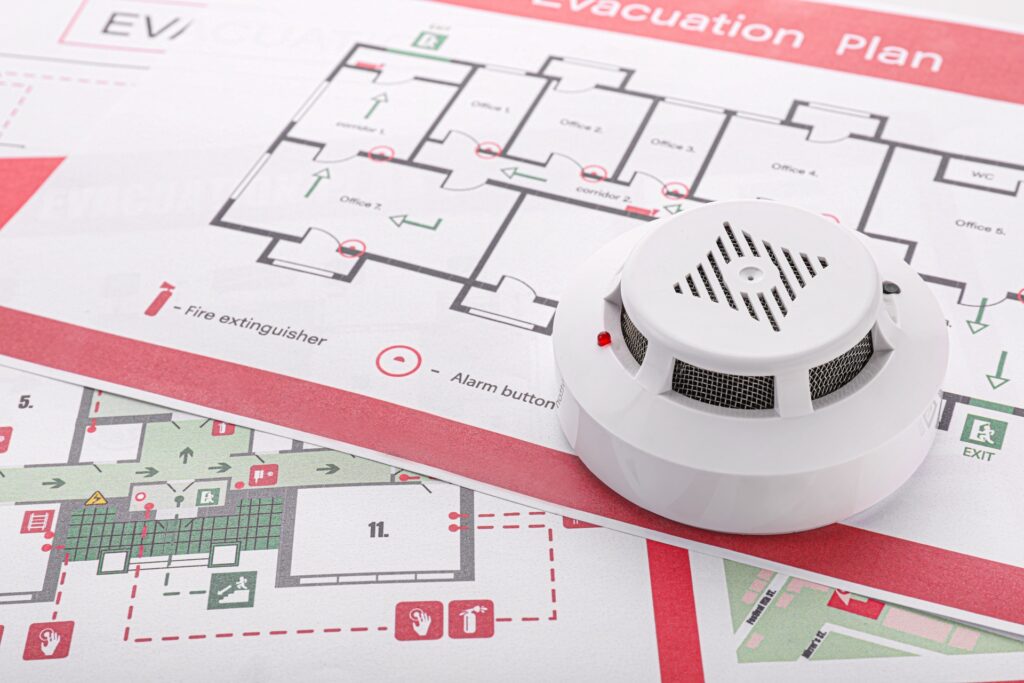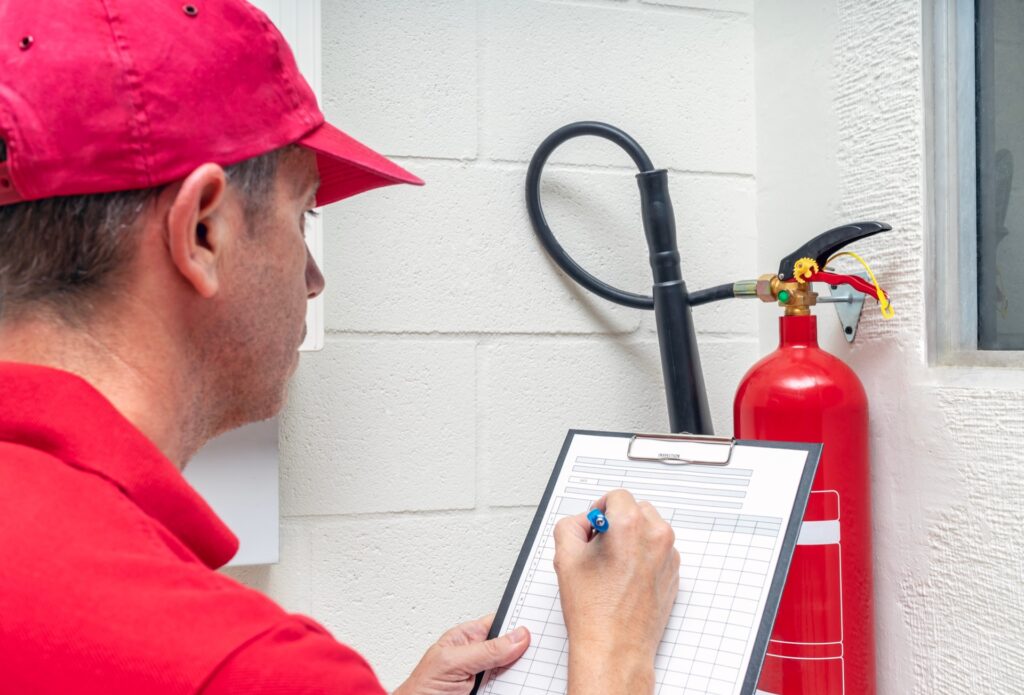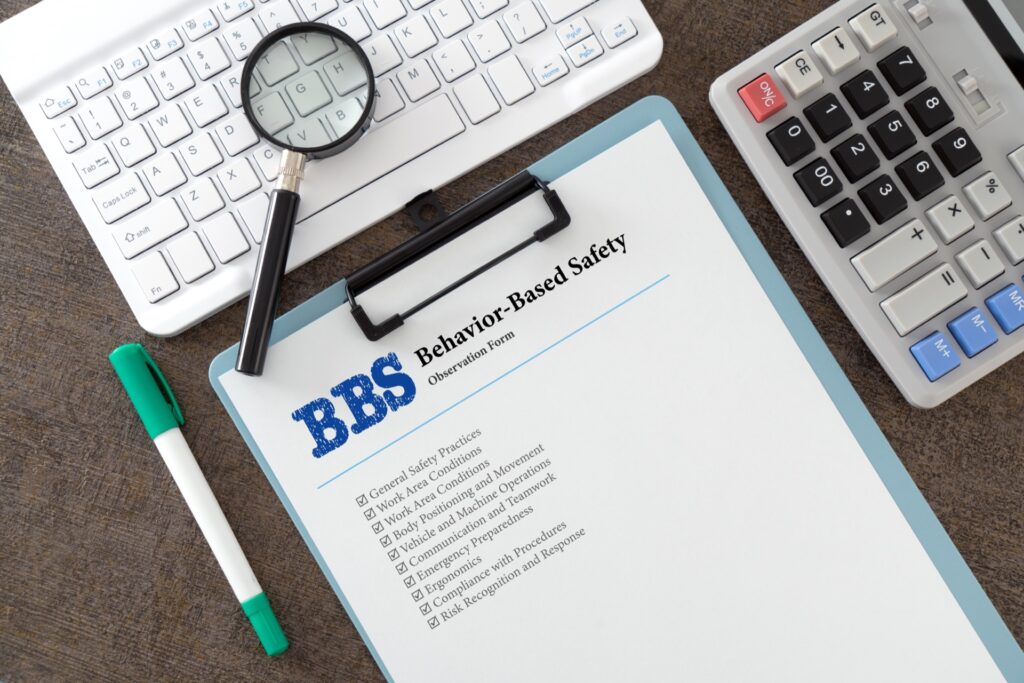Fill out the form and we will contact you.
A Risk Assessment and Method Statement (RAMS) is a critical safety planning tool used in technical projects to identify potential hazards and outline safe systems of work. Together, these documents ensure that work is carried out safely, efficiently, and in compliance with relevant health and safety regulations.
• Method Statement describes in detail how a specific task or activity will be carried out safely, step by step, considering the controls identified in the risk assessment.
RAMS are essential in sectors such as engineering, construction, oil and gas, renewables and industrial maintenance where complex tasks often involve multiple hazards, specialized equipment, and coordinated workflows.
Main Elements of a Risk Assessment
- Task Description – Clear explanation of the work to be done.
- Hazard Identification – Recognition of anything that may cause harm (e.g., equipment, chemicals, environmental conditions).
- Risk Evaluation – Assessment of the likelihood and severity of harm.
- Control Measures – Strategies to eliminate or minimize risks (e.g., PPE, isolation procedures, training).
- Residual Risk Rating – Risk level after applying control measures.
- Person(s) at Risk – Identification of individuals or groups who may be affected.
- Responsible Persons – Assignment of accountability for implementing controls.
- Review Date – A scheduled time to revisit and update the assessment.
Main Elements of a Method Statement
- Project and Task Details – Scope, location, and description of the work.
- Sequence of Operations – Step-by-step procedure of how the work will be carried out.
- Resources Required – Tools, equipment, and materials needed.
- Personnel and Competency – Roles involved and required qualifications or training.
- Control Measures – Integration of safety measures from the risk assessment.
- Emergency Procedures – Instructions for dealing with accidents or unexpected events.
- Environmental Considerations – Waste management, emissions control, noise or vibration mitigation.
- Permit Requirements – Any necessary permits to work or regulatory approvals.






